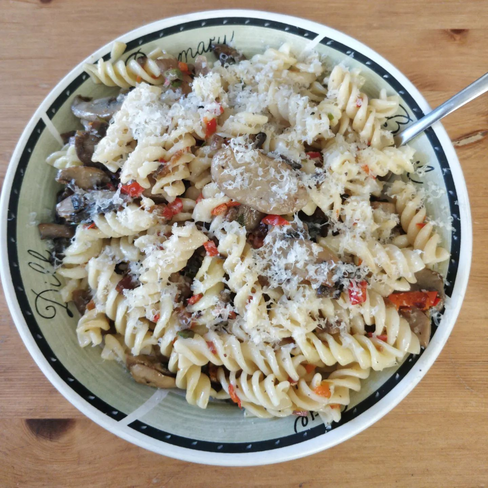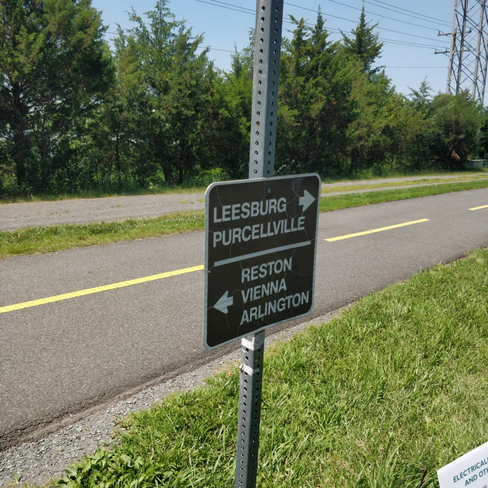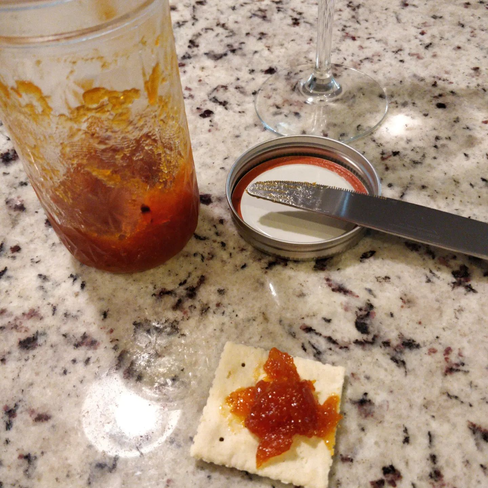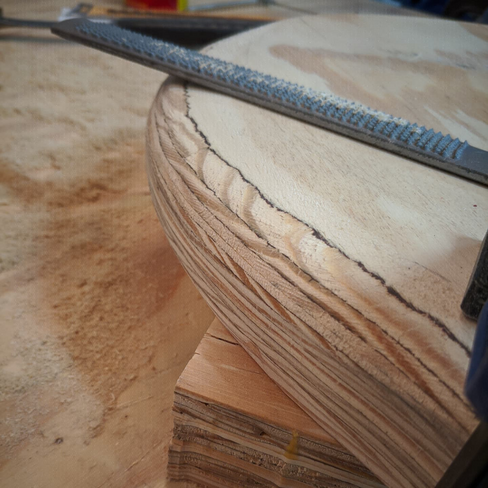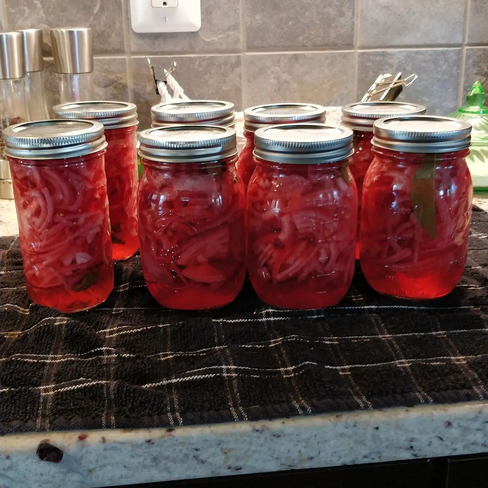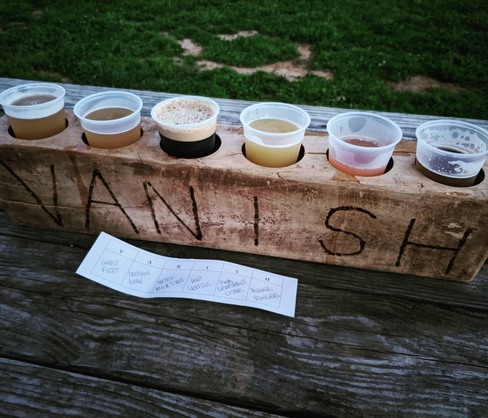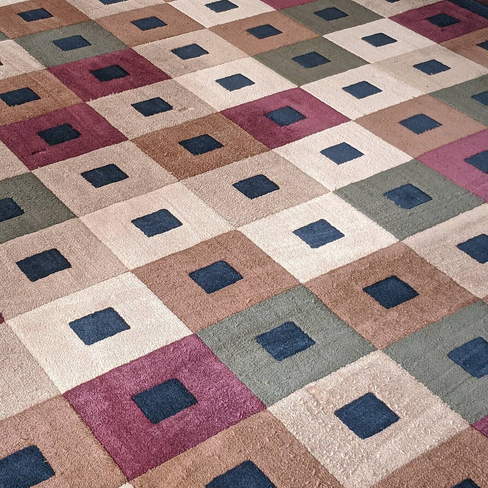Go doesn't have a built-in function for finding an object in a list. I found
this in some code at work:
// Checks whether an element exists in a slice of integers
func contains(haystack []int, needle int) bool {
for _, n := range haystack {
if needle == n {
return true
}
}
return false
}
I'm quite amused.
Right so, does this work?
I'm using Hugo now. It's been... a bit of work. But the whole thing renders
in 1.4 seconds, as opposed to the old Jekyll site which took 22.
While I was at this, I did some more moderninzing.
Little changes:
- Post timestamps changed
- Posts are now using the HTML <article> element, complete with the
<header>, <main>, and <footer> sections.
- Navigation bar uses the HTML <nav> element
- Tag list now uses <ul> and <li>
- I've changed to using the CSS ::after
pseudo-element to put the bracketry around the menu items and the items in tag
lists. Why? It sure makes the HTML look cleaner.
- Many pages which used files ending in .html no longer do, I guess this is
what Hugo calls "pretty" URLs. Sure, why not.
Bug fixes:
- The first month in the archive sections is not duplicated like the Jekyll site
did
- The main image in the gallery isn't pushed up into the menu
To do still:
- Make the gallery's filmstrip scroll to keep the current selection visible -
good idea Rachyl!
Coworker Greg said something about the "bytiness" of files, when he was talking
about their sizes. He was talking about file sizes, but my mind wandered a
little bit down the rabbit hole of defining "bytiness" clearly.
So here's my interpretation
of what that means, implemented in Go. Because sometimes I like Go. No,
really.



